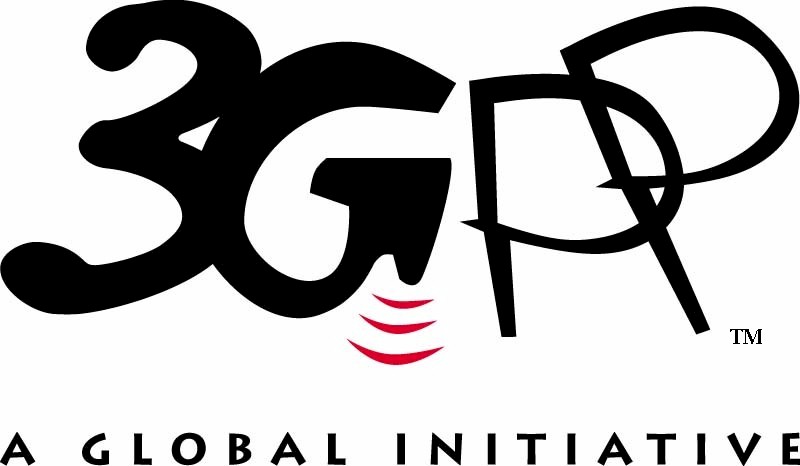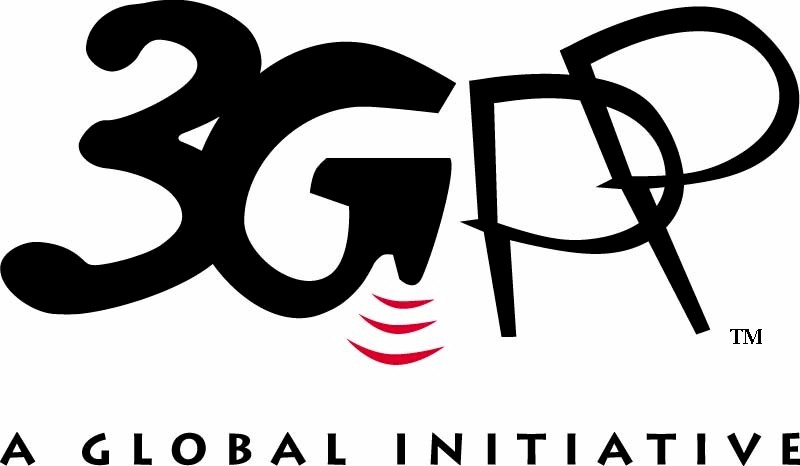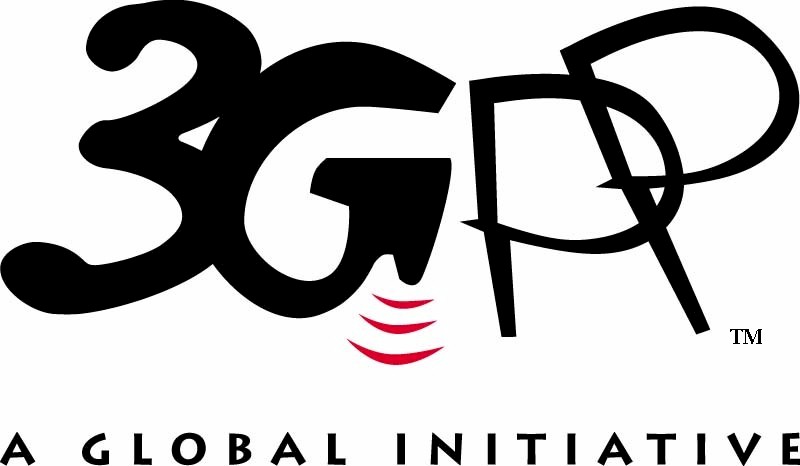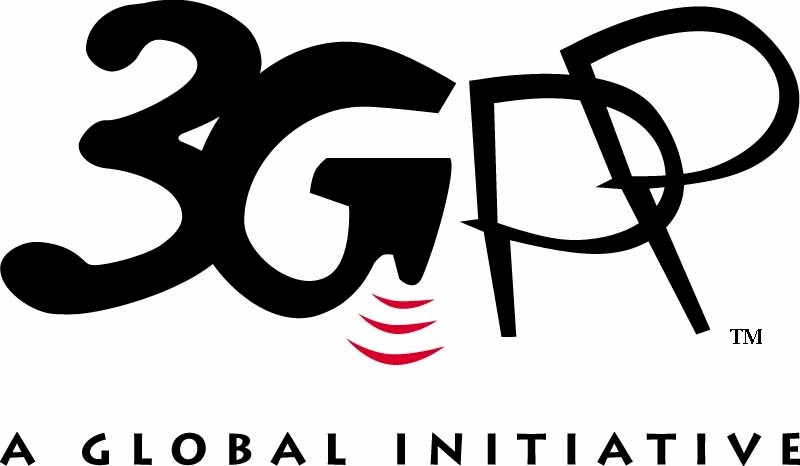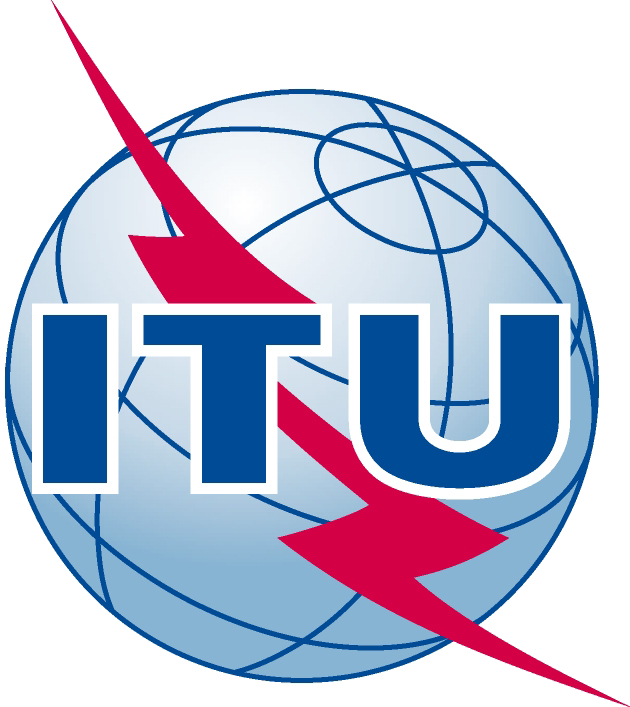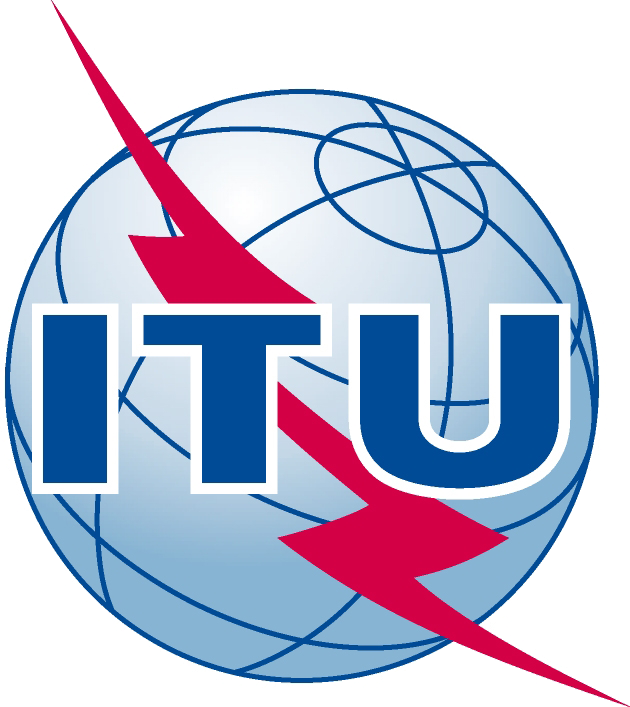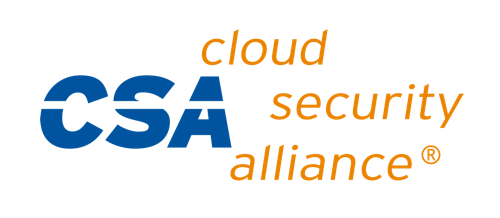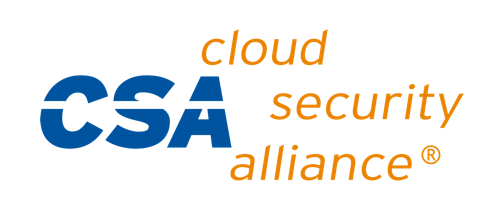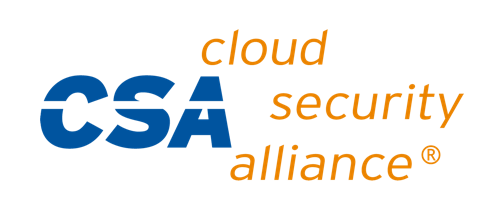3GPP TSG CT WG1 - MM/CC/SM [lu]
The 3rd Generation Partnership Project (3GPP) is the primary body for developing technology specifications for cellular networks. It self-organises through its Working Groups coordinated by the Chairs of the Technical Specifications Groups (TSGs). Core Network and Terminals (CT) has four active working groups.
TSG CT1 (MM/CC/SM [lu]) is responsible for the 3GPP specifications that define the User Equipment - Core network L3 radio protocols and Core network side of the Iu reference point.
Specifically, CT1 is responsibility for:
- User Equipment - Core network layer 3 radio protocols (Call Control, Session Management, Mobility Management, SMS).
- Management of work items placed under its responsibility.
CT1 also has maintenance responsibility of older versions of the specifications under its responsibility.
